
Methodology Reporting Tools & Tips
New Technology and Online Resources to Conduct Investigations With Old Photos
Bellingcat’s Foeke Postma offers tips and tools for using new technology and online resources to investigate old photographs.

Bellingcat’s Foeke Postma offers tips and tools for using new technology and online resources to investigate old photographs.

In our latest GIJN webinar, members of forensic investigation teams from Bellingcat and The Washington Post explained how they analyzed the killing of Palestinian-American journalist Shireen Abu Akleh, who was shot in the West Bank city of Jenin in May.
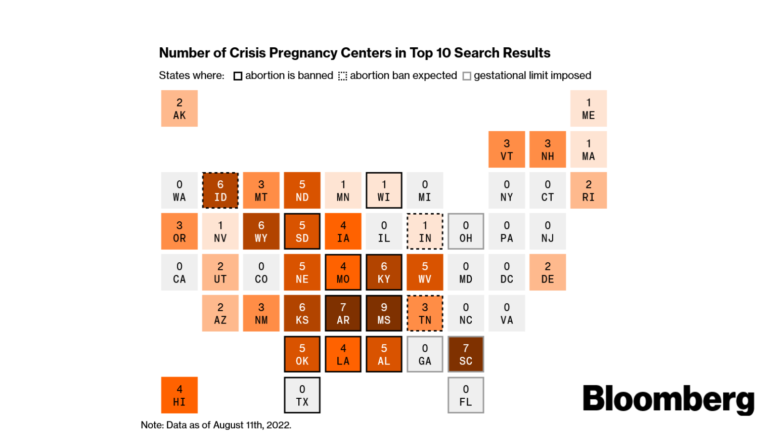
Our weekly analysis of the most popular data journalism stories on Twitter spotlights a Bloomberg investigation on Google search results for abortion, a story on the impact of state meddling in the finances of Canada’s Indigenous First Nations, data revealing a crisis in accident and emergency services in England, heat wave predictions for the year 2053 in the US, and for the film fans, a network visualization of the Marvel Cinematic Universe.

Journalist Marcela Turati has spent years investigating who is responsible for the thousands of people who have gone missing in Mexico. She spoke to Revista 5W magazine about her work, the dangers of investigating corruption in the country, and why it is so difficult to try and track down who is behind violent crimes against journalists and migrants.

While there are plenty of examples of student investigative reporters who are supported by their institutions, there are many others who face a lack of cooperation, low pay, legal threats, funding issues, and even physical harm.
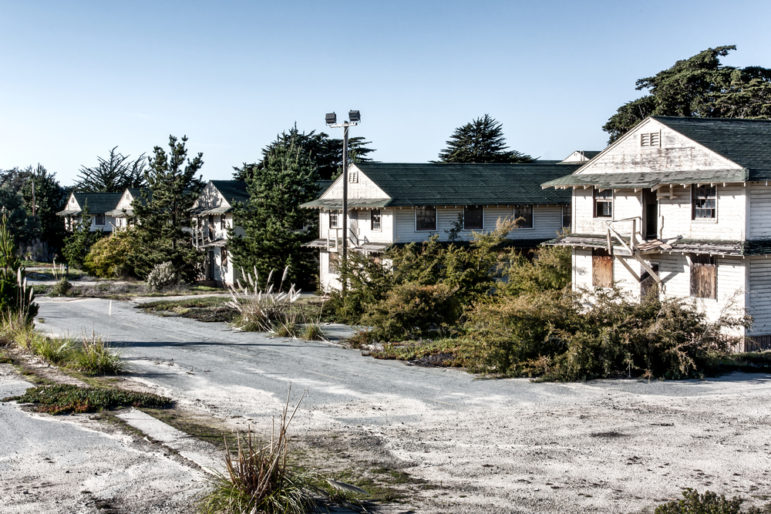
Rare cancers among military veterans are increasingly linked to earlier chemical dumping and burn pits at old bases. In this piece, three Associated Press reporters share tips on exposing these links, based on their year-long investigation into a former US military base.
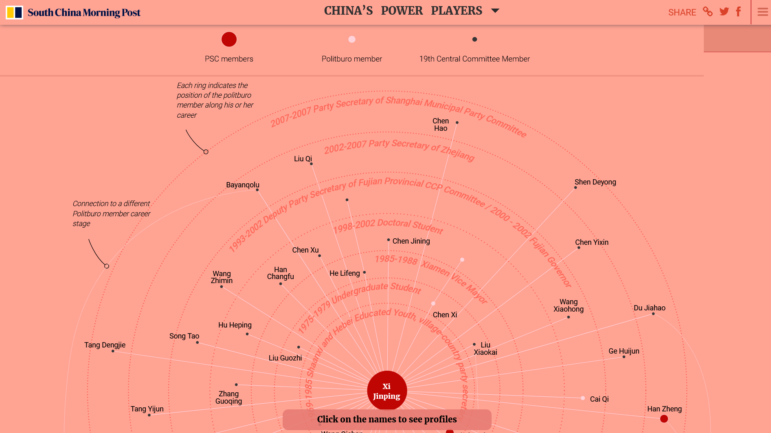
The workings of the Chinese Communist Party are shrouded in secrecy, but ahead of the party congress later this year The South China Morning Post published a detailed guide on the key power players. Also this week, an investigation into the arbitrary nature of military justice in the United States, an analysis of Russia’s election voter turnout using artificial intelligence, and charts celebrating Serena Williams’ tennis career.
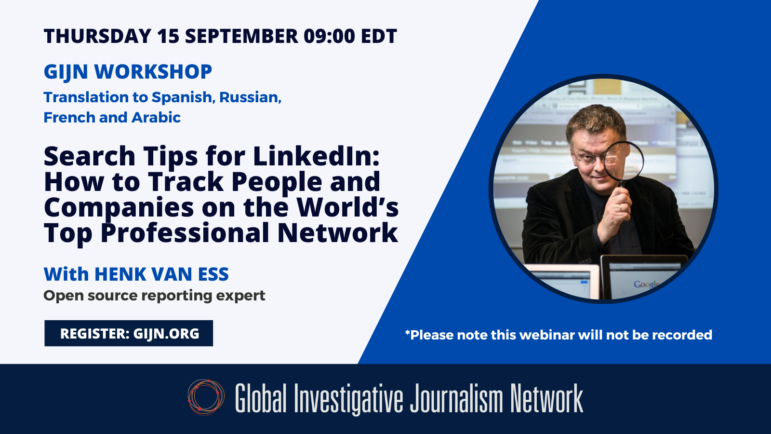
GIJN is pleased to announce a hands-on session with search guru Henk van Ess, focused on helping journalists worldwide to navigate the LinkedIn network. The session will include how to track people and companies across the platform, find out what individuals and companies post online on specific topics, and figure out who is part of a specific LinkedIn group without being a member.

Some of the most significant progress in newsroom information security over the past decade has been in smaller, more recently-formed digital startups — many of them investigative outlets. They are proving they can effectively incorporate strong information security strategies into their highly adaptive and responsive workflows.

Data journalists often encounter the term “standard deviation” when reading research, from climate change studies to social science papers. This tipsheet explains how researchers use this measure, and how reporters can benefit from the context it provides.
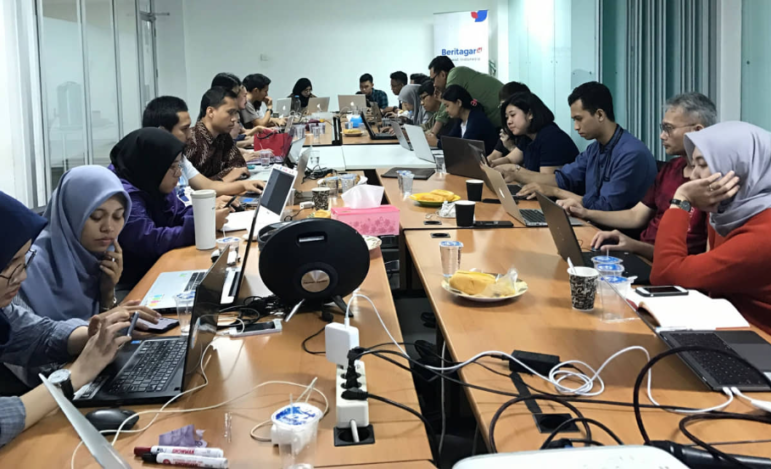
Despite the threats posed by misinformation and limited funding, grassroots efforts to build skills and literacy in data journalism and data visualization are bearing fruit in countries like Indonesia, Malaysia, and the Philippines — a trend sparked partly by a hunger for information around COVID-19.
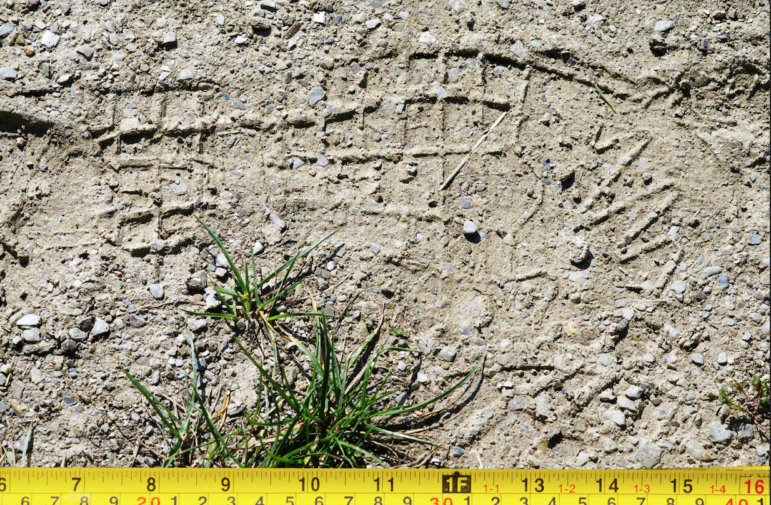

Officials and executives who are under intense scrutiny often dodge interviews with journalists. Here, four veteran investigative reporters share tips on how to land and ‘nail’ tough accountability interviews, based on experiences from their recent investigative projects.
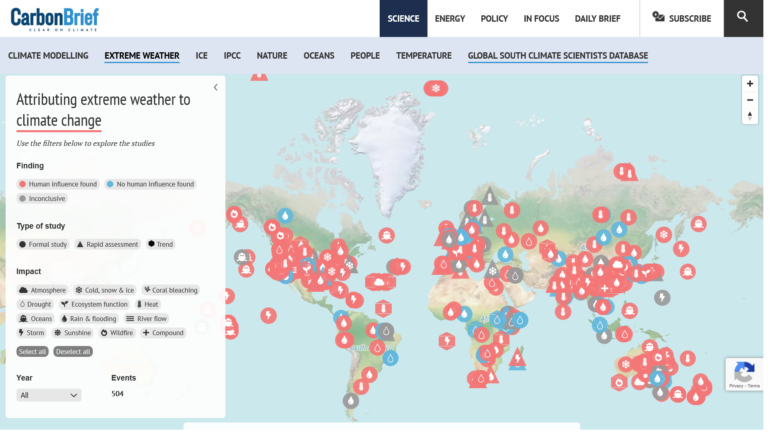
Our weekly NodeXL and human curation of the most popular data journalism stories on Twitter features an investigation into the illegal mining industry in the Amazon, an exposé about sanctioned oligarchs in the UK, a report on links between human-caused climate change and extreme weather events, and the frequency of shark attacks.

Investigative journalists work tirelessly to get the truth and ensure that the public is informed on topics that are of public interest. Jamlab interviewed nine African investigative journalists to talk about their experiences of reporting in their respective countries.
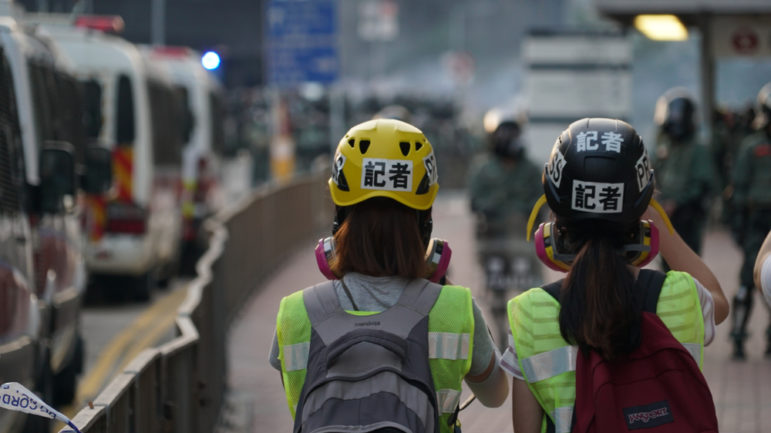
Conditions for journalists in authoritarian countries are challenging and often dangerous. In light of these challenges, journalists and donors need to widen their understanding of the less traditional ways journalism generates impact.

At the Pulitzer Center’s recent environmental investigative conference, Interconnected: Reporting the Climate Crisis, a panel of environmental reporters and designers explained how data and visualization can make environmental stories compelling.
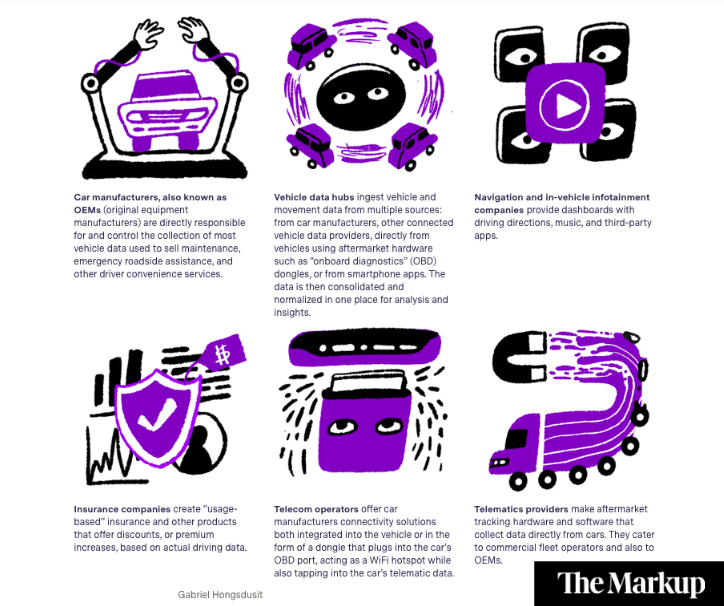
This week’s Data Journalism Top 10 features a dive into the murky market for vehicle data, an analysis of the deteriorating quality of education in poorer countries, a piece on how higher temperatures affect our lives, and fact-checking India’s encounter killings.

Since its inception 20 years ago, the Brazilian Association of Investigative Journalism (Abraji) has remained faithful to its founding principles: professional training, defense of freedom of expression, and the right of access to public information.

GIJN asked a diverse group of nine investigative reporters to share a memorable misstep they’ve made in an investigative project, and a key lesson learned from the mistake.

In 2021, nonprofit journalism site CORRECTIV.Lokal set out to investigate the impact of restricted access to abortion on the health and well-being of pregnant people in Germany. As the recent US Supreme Court ruling shows, ongoing changes to abortion rights and legislation affect millions of people around the world and make this a crucial topic for investigative journalists.

The controversial killing of Shireen Abu Akleh has drawn global media attention and sparked a number of in-depth inquiries by the news media. Two of the most comprehensive investigations were done by Bellingcat and the Washington Post – and members from both teams will be joining this GIJN webinar.
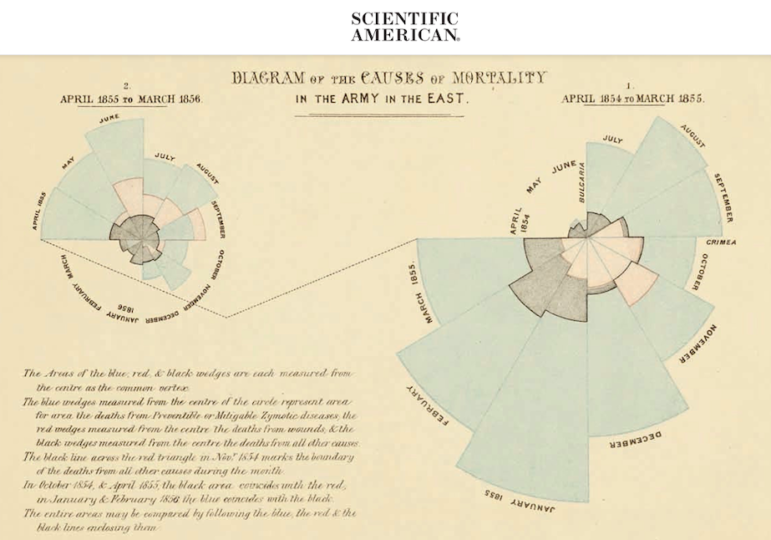
Children’s fashion is riddled with gender stereotypes, according to an analysis by German newspaper Süddeutsche Zeitung, which found that popular children’s clothing tended to be more revealing for girls, but comfortable and functional for boys. Also this week, analysis of the big earners in the healthcare industry, the tracking of post-pandemic recovery through sandwich sales, and Florence Nightingale’s contribution to graphic storytelling.


One of the newest members of GIJN, the Jordanian investigative site 7iber, began as a blog in 2007 but has since matured into an online magazine bravely covering issues in a hostile press environment.

Private air charter companies used to transport collegiate and professional sports teams are also part of a vast network of US deportation flights tied to possible human rights abuses.

In this review of a recent GIJN webinar on investigating professional football, two senior journalists and a whistleblower discuss advice and tips for covering possible corruption and labor abuses tied to the upcoming 2022 World Cup in Qatar.